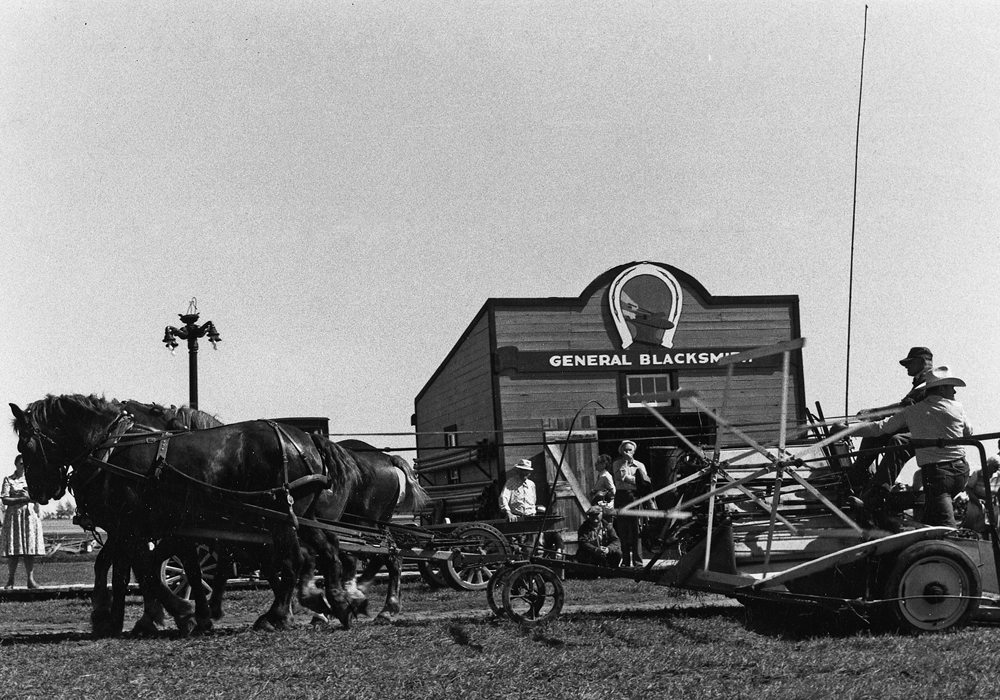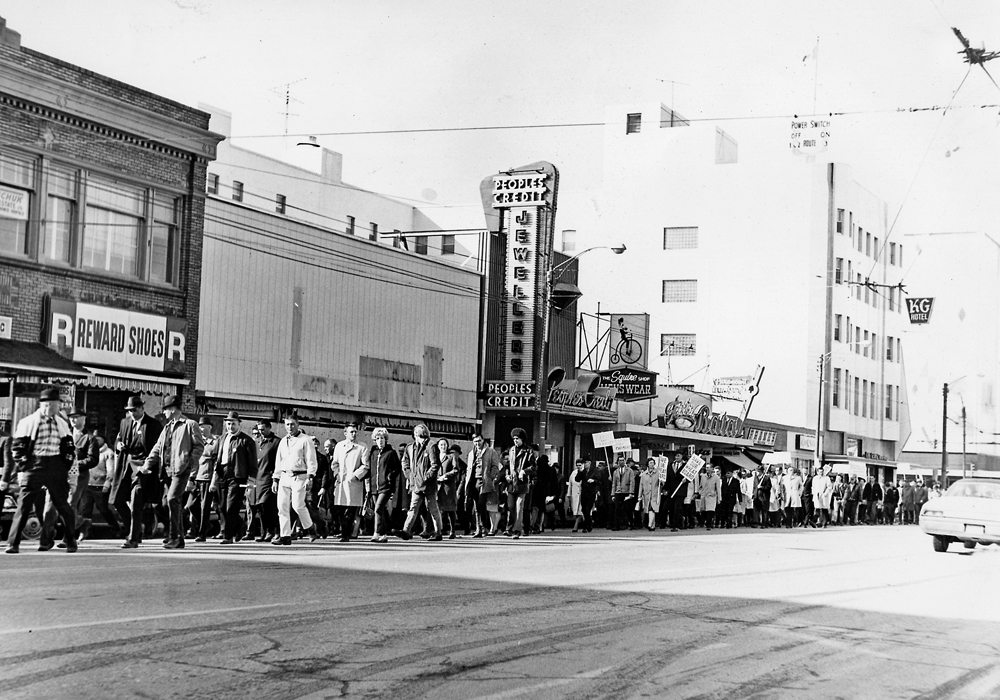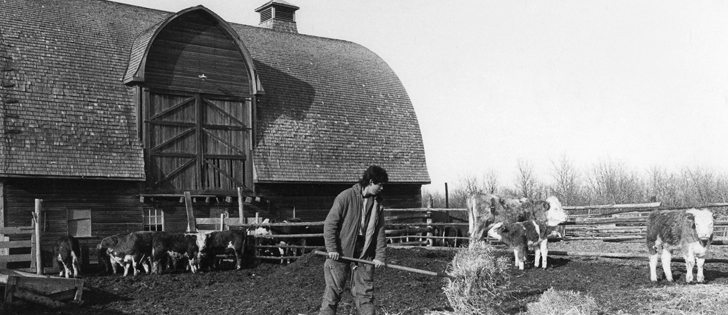The Western Producer takes a weekly look at some of the stories that made headlines in issues of the paper from 75, 50, 25 and 10 years ago.
The federal government introduced the regulations it would use to limit the delivery of wheat in 1941-42 to 230 million bushels. The Canadian Wheat Board would be responsible for ensuring that the goal was met.
American wheat growers agreed in a national referendum to give the U.S. Department of Agriculture authority to control the sale of their crops in 1941. The goal was to keep surplus production of the 1941 bread grain crop off the market until it might be needed.
Read Also

Crop profitability looks grim in new outlook
With grain prices depressed, returns per acre are looking dismal on all the major crops with some significantly worse than others.
Cotton and tobacco farmers also agreed.
A proposal to increase St. Lawrence Seaway tolls by 10 percent sparked a fierce backlash from a variety of organizations, including farm groups. The only organizations to support the move were Canadian Pacific Railway, the Railway Association of Canada and the Quebec City Trade and Commerce Bureau.
W.J. Harper, director of research and information with the Farmers’ Union of Alberta, said many farmers who are “slowly going broke” could survive and make a reasonable living if the prices for the commodities they produced increased by the same rate as wages paid to other Canadians.
Saskatchewan’s Progressive Conservative government, which was months away from losing power, announced it would move the agriculture department’s headquarters to Humboldt, a town of 5,000. Branch offices would be set up in surrounding communities with the livestock branch in Lanigan and soils and crops in Watson. It was part of a bigger plan to decentralize government out of Regina. The PCs called it Fair Share Saskatchewan, and it never materialized.
Net farm income fell 28 percent in 1990 to $3 billion, and more than 56 percent of that came from government programs. The Prairies were hardest hit: net income fell 72 percent to $227 million in Saskatchewan, 45 percent to $403 million in Alberta and 53 percent to $145 million in Manitoba. Farm debt rose to a record $23.8 billion.
A Canadian Wheat Board survey found that 45 percent of prairie farmers wanted the board to keep its single desk marketing powers, while 54 percent wanted either a dual market or a fully open market. However, 75 percent said they wanted farmers to be able to make the final decision in a vote, which in the end didn’t happen.
Farm debt ballooned to $51 billion in 2005, increasing by $2.2 billion, or 4.5 percent, from the previous year.
David Rolfe, president of Keystone Agricultural Producers, called it a ticking time bomb.















